Wire Rope Hoists
Construction and Mechanism: Wire rope hoists use a series of cables made from steel wires twisted into a helix. This construction provides high tensile strength and flexibility. The wire rope runs over a drum that winds and unwinds to lift and lower loads.
Load Capacity and Speed: Wire rope hoists are designed for heavy-duty applications, often capable of lifting very large loads, typically ranging from 2 to 100 tons or more. They also offer faster lifting speeds, making them suitable for high-demand operations where efficiency is crucial
Durability and Maintenance: Wire ropes are durable and can withstand rough environments, but they require regular inspection and maintenance to ensure safety and longevity. The ropes can suffer from wear and tear, kinks, and bird-caging, necessitating periodic replacements.
Precision and Smooth Operation: Wire rope hoists provide smooth and precise lifting operations, which is essential in applications requiring careful handling of loads. The smoothness of the wire rope movement reduces the risk of load sway and shock loading.
Ideal Applications:
- Heavy manufacturing industries
- Steel and Metal Fabrication
- Ports and Marine Operations
- Mining and Resources
Chain Hoists
Construction and Mechanism: Chain hoists use a series of interlinked metal chains to lift and lower loads. The chain runs over a sprocket or a set of gears, allowing the hoist to raise or lower the load by pulling the chain.
Load Capacity and Speed: Chain hoists are generally used for lighter to medium-duty applications, with capacities typically ranging from 0.5 to 30 tons. They have slower lifting speeds compared to wire rope hoists, which can be beneficial in situations requiring precise control.
Durability and Maintenance: Chains are robust and resistant to damage from harsh environments, making chain hoists suitable for outdoor and rugged applications. Maintenance is relatively straightforward, involving regular lubrication and inspection of the chain and sprocket for wear and tear.
Precision and Smooth Operation: While chain hoists may not offer the same level of smoothness as wire rope hoists, they provide excellent precision and control. The slower speed and precise positioning make them ideal for delicate operations.
Ideal Applications:
- Warehousing and Logistics
- Assembly Lines
- Workshops and Garages
- Small to medium-scale manufacturing
- Maintenance and Repair Operations
Key Differences at a Glance
- Load Capacity - Wire Rope Hoists handle heavier loads, while chain hoists are suitable for lighter to medium loads.
- Lifting Speed - Wire Rope Hoists offer faster lifting speeds; chain hoists provide slower, more controlled lifts
- Durability - Both are durable, but wire rope hoists require more frequent inspections and maintenance compared to chain hoists
- Smooth Operations - Wire Rope Hoists provide smoother operations, reducing sway; chain hoists offer precise control, benficial for delicate tasks.
- Applications - Wire Rope Hoists are ideal for heavy-duty industrial use; Chain hoists are versatile for lighter industrial, warehousing and maintenance applications.
Conclusion
Choosing between a wire rope hoist and a chain hoist depends on your specific lifting requirements, the environment in which the hoist will be used, and the type of loads you need to handle. For heavy-duty applications with high load capacities and faster lifting speeds, wire rope hoists are the best choice. On the other hand, for lighter to medium loads, with the need for precise control and easier maintenance, chain hoists are highly effective.
At West Crane Services, we offer a comprehensive range of both wire rope hoists and chain hoists, tailored to meet the diverse needs of our clients. Our experts are here to help you select the right hoist for your specific application, ensuring safety, efficiency, and reliability in your operations. Contact us today to learn more about our products and services.



-720x400.jpg)




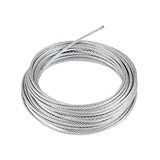
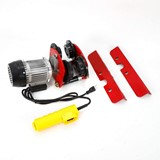
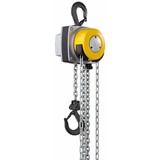
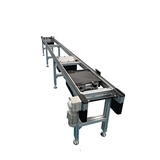
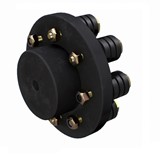

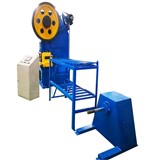


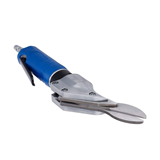
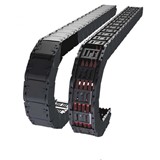
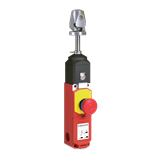
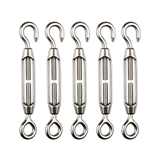
-205x205.jpg)
-205x205.jpg)
-205x205.jpg)






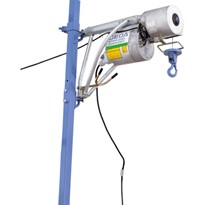









-205x205.jpg)
